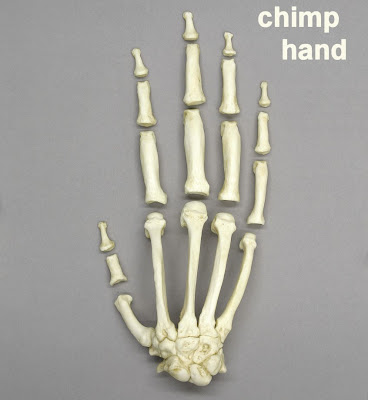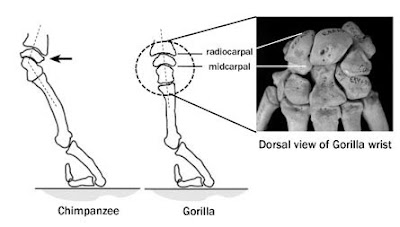Full playlist:
Marc D. Hauser is an evolutionary biologist who teaches at the Psychology Department at Harvard University.
Bio . Lab .
Marc D. Hauser is an evolutionary biologist who teaches at the Psychology Department at Harvard University.
Bio . Lab .








Agnostics resort to Humean skepticism in their arguments that take the position that absolute uncertainty is impossible, so agnosticism is the only correct stance. This argument is problematic. It ignores the original meaning of agnosticism, substituting a circular definition that relies upon the impossibility of absolute certainty. Whatever baseline degree of uncertainty obtains, the same base level applies to all epistemic enquiries. However, not all knowledge is equally uncertain, so it is not useful to tar all understanding with the same brush.
Further, if , at minimum, an uninvolved creator deity existed, then that deity has interacted with the physical world and, so, is necessarily physical. It follows that there ought to be evidence for a deity. The so-called supernatural was invented in order to remove the non-evidence for a deity as far from refutation as possible. Although it would be dissonant for theists and deists to admit that evidence should exist, the apologetic necessity for a supernatural excuse points supports the positive conclusion that no deity exists.
I grow tired of being polite to people merely because they have been brainwashed into collective belief in a non-existent, demanding, invented deity.
From here.

My experience suggests several things: higher verbal IQ scores result from interaction of genetic cognitive potential with education, which in turn forces more logical approaches, which in turn reduces religiosity. Since most Westerners are introduced to religious concepts when young, most agnostics and atheists have moved away from religious belief. I think that this directionality does suggest that intelligence (read as logic combined with education) precedes, and hence causes, reduced religiosity.
"We all know that correlation does not necessarily indicated causation, though causation may be indirectly linked to the correlation."



First and foremost, I believe that rationality is the only route to truth. So, I became an atheist and studied science. (In my case, these are connected. However, they are not necessarily connected.) Creationists and fundamentalists drove me to anti-theism.
Second, I think that secular humanism is the only hope for peace, and that compassion is the best criterion for assessing morality. So, I have became anti-religion.
Fundamentalism is a menace on the planet. It is a menace to its adherents. It is a menace to non-adherents. It is a menace to life, limb, emotional-health, and rationality. Fundamentalism, and its supporting religions, have to go.